On this page
Note: The data on this page is an extract of the 2024 Donation and Transplantation Report. The report provides an annual snapshot and measure of progress against the national program for increasing organ and tissue donation for transplantation. You can explore more detailed donation and transplantation data from 2024 at the bottom of this page.
Deceased organ donation and transplant recipients 2000-2024
- The first decade (2009–2019) of the DonateLife national program saw a 122% increase in deceased donation, resulting in an 81% increase in people receiving an organ transplant.
- Over 2 years (2020 and 2021), there was a 23% reduction in deceased donation activity due to the impacts of COVID-19 (from 2019).
- Since 2021, there has been continued recovery of organ donation rates. With the 25% increase in deceased donation from 2021, donation is only 4% down from pre-COVID-19 rates in 2019.
Figure 1: Deceased organ donation and transplant recipients 2000-2024
- Very few people can become an organ donor. Only around 2% of people who die in Australian hospitals meet the criteria required to be an organ donor.
- A person must die in a hospital in specific circumstances, in an ICU or ED, as organs need to be functioning well to be considered for transplantation.
- In 2024, around 1,630 people (of the 89,000 people who died in Australian hospitals) died in a way where organ donation could be considered.
- In Australia, the family is always asked to agree to donation. 1,450 families were asked about donation in the hospital.
- Of these, 767 families said yes to donation – representing a national consent rate of 53% – with 527 people becoming organ donors.
- With only a small number of potential donors, increasing consent is critical to increasing our donation rate.
- There are around 1,800 Australians on the waitlist for a transplant and an additional 14,000 people on dialysis – many of whom could benefit from a kidney transplant.
While 4 in 5 Australians support organ and tissue donation, only around 1 in 3 (36%) are registered to be a donor on the Australian Organ Donor Register (AODR).
What can you do to help?
We know that 8 out of 10 families agree to donation when their family member was a registered donor. This drops to only 4 out of 10 families who agree to donation when their family member was not registered and the family was not aware.
Just a few weeks before his 20th birthday, Harvey tragically lost his life in a car accident. Faced with the decision to donate Harvey’s organs, his mum Erryn and dad Andrew were certain it was the right choice.
Jessica spent years battling the effects of her condition, until she had no choice but to go on the transplant waitlist. Then, Jessica received the call that saved her life – a donor liver was available. But Jessica says it’s bittersweet.
Need more information?
Explore more detailed donation and transplantation data from 2024.
Access our data reports from previous years and find out how we use data to increase the rates of donation and transplantation.
Quick downloads:
- 2024 Australian Donation and Transplantation Activity Report (3.4MB PDF)
- 2024 data summary factsheet (859KB PDF)
- 2024 organ donation process factsheet (118KB PDF)




